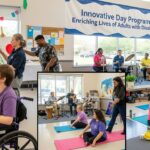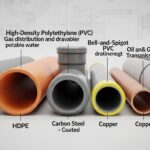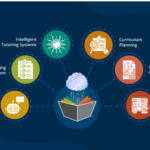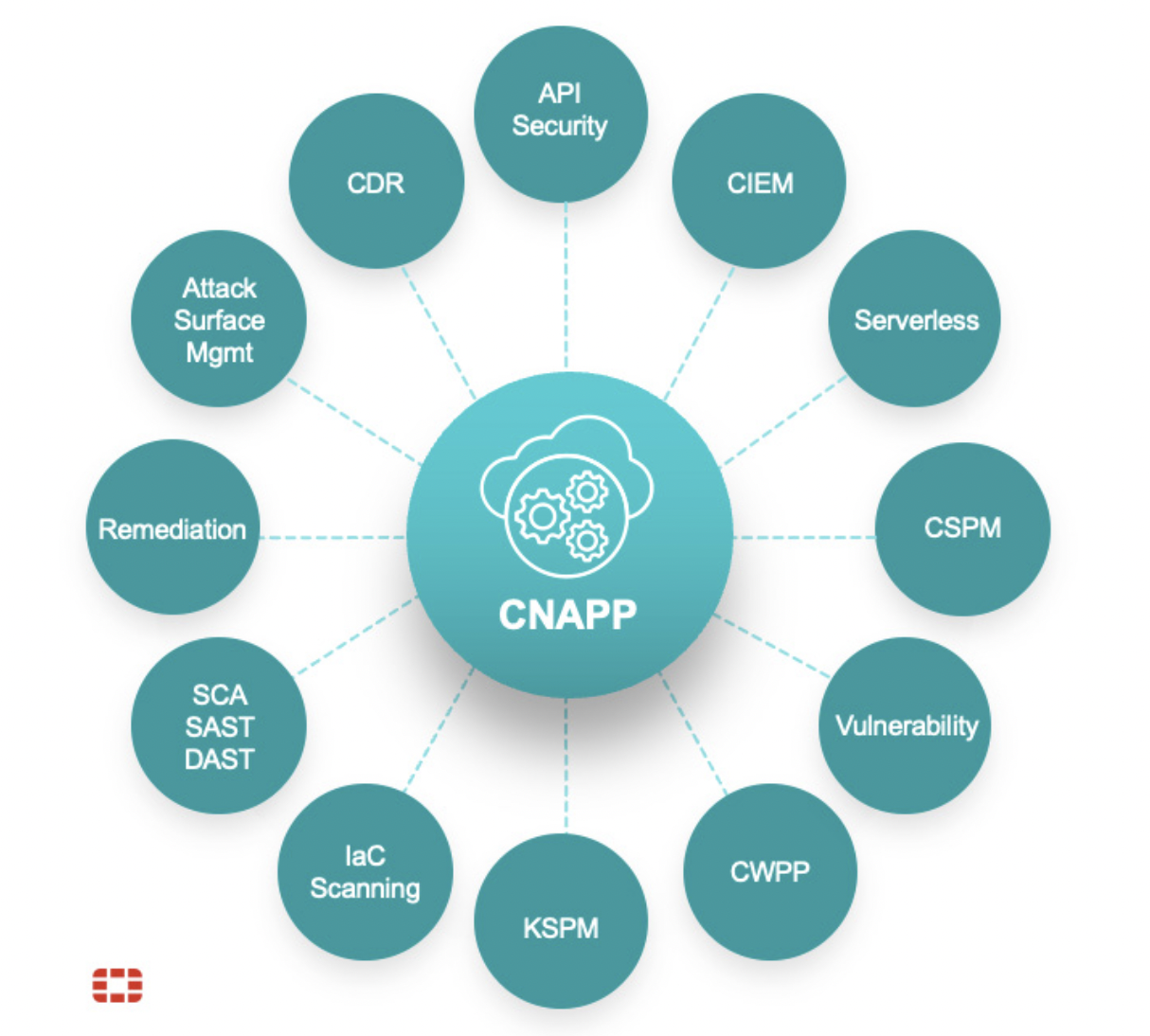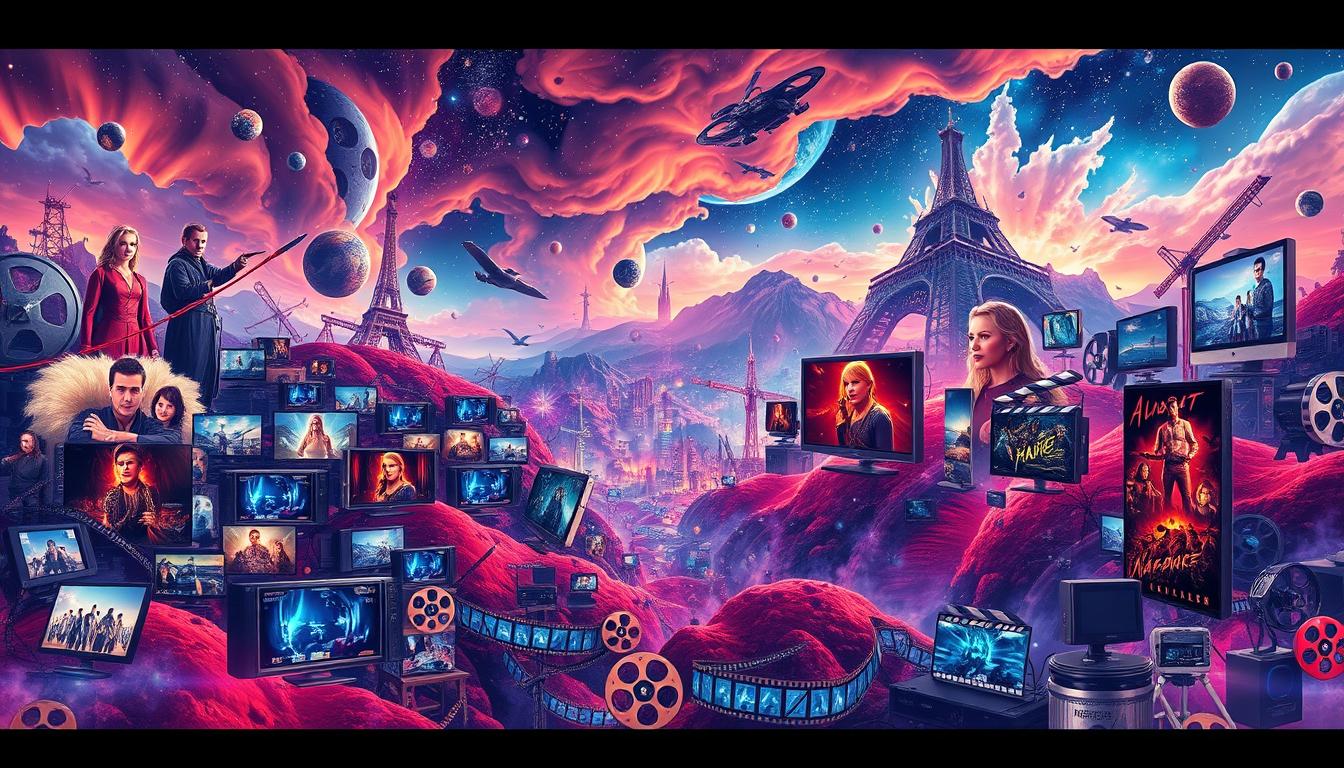Water Stories
MorYork Gallery, Highland Park, CA
Performances through May 14, 2016
Tickets
MorYork Gallery is a cabinet of curiosities hidden away in Highland Park CA. Run by Clare Graham, an artist himself, he opened the doors to his studio to create an artist-in-residence program. The environment is cozy and inviting; I wasn’t prepared for what was to come. As an observer, we are a bit removed and often try to connect with the things we come across. So how can we immerse ourselves the way the artists do? That, my good friends, was the magic of the collaboration that resulted in Water Stories.
The stage was outlined by large scale textiles created to envelop you and make you wonder what more there could be lingering beyond. It set the mood. The quiet, small space made sure you felt everything and nothing– whichever was occurring at the time. I brought my camera along, but became so immersed in the performance that I didn’t bother to take any pictures.
The dancers emerged with such force. The movements accentuated by knitted dresses, the sounds, and maneuvering of lights relayed what I imagine it would be like underwater. Be it the sea, a stream of water swirling down a pipe or even just sitting in a cup.
I became curious about how this exploration of water effected the artists now, so I requested more information. I reached out to the the artists in residence:
–Stephanie Zalatel, director and choreographer of Szalt
–Amabelle Aguiluz, contemporary textile designer
–Louis Lopez, composer
SZ: Water has definitely been on my mind now more than ever. I am very aware of how much water I use, how I engage with water – it is very precious to me. Through this creative process I have
even begun practicing a vegan diet to conserve water in the most personal way I can – not something I ever expected would come out of this work. The research to create this piece affected me more than I could have ever imagined both on a creative AND personal level.
AA: Water continues to be the main source of inspiration in my work. Water keeps me grounded, it is majestic. I am constantly learning about the impacts water makes in my life, the role water plays in our communities and the importance of preserving the environment.
LL: It’s kind of like when you get your first car. Before getting it you may have noticed it on the road once or twice if at all. Yet, once you have established an identity with your car you begin to recognize it everywhere. After re-familiarized myself with the role water plays in my life I started seeing how integral it is in everything that we do: laundry, food service, cleaning, etc.
How has your research influenced your courage (or fear) towards water?
SZ: At this point, anything water related is considered creative research – which is great! I have never been comfortable in the ocean, yet the research is pushing me to literally dive in and experience water, truly – to get pulled under a wave, to cough up salt water and sand, to float, to flounder, to soak, to drip… Water is infinitely inspiring on a sensational level alone! I welcome experiences that I used to try and avoid. The process is helping me face fears in an effort to access something genuine that I can then share and relay in the movement vocabulary.
AA: Studying the ocean has been such a powerful creative force and that only makes me want to continue pursuing the subject further. Water is healing and transformative and a precious resource that can be easy to take for granted. I think feeling connected to sacred places ; rivers, lakes and oceans gives me the drive to follow my intuition wherever my curiosity takes me and continue exploring water in my work and my daily life.
And the big question: what have you set your sights on for the future?
SZ: I am eager to continue building the work. I hope to tour to as many cities as we can afford because I believe that each community’s culture interacts with water differently. There is a lot to be learned from other water cities, but also from desert communities, farming communities, small towns, large cities. The work will continue to grow as we learn more about human to water connections in societies all over the map.



